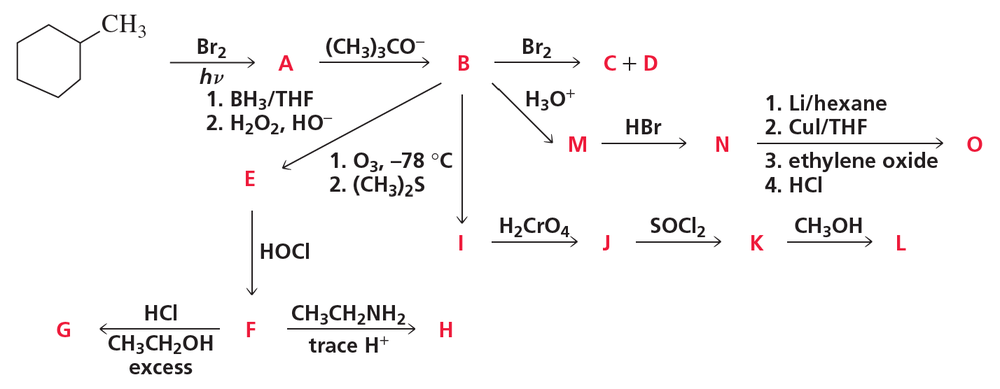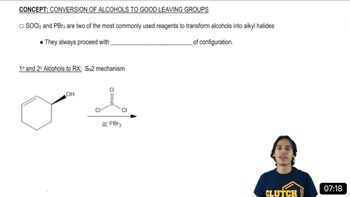How could you convert N-methylbenzamide to the following compounds?
c. methyl benzoate

 Verified step by step guidance
Verified step by step guidance Verified video answer for a similar problem:
Verified video answer for a similar problem:



 1:36m
1:36mMaster Synthesis of Acid Chlorides with a bite sized video explanation from Johnny
Start learning